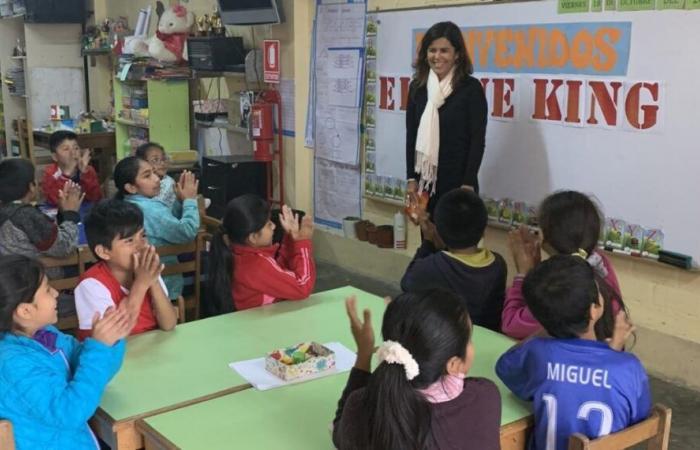Within the framework of the International Book Day, held on April 23, the renowned family finance expert Elaine King highlights the importance of teaching children about the management of money from an early age. According to King, books are powerful tools to instill positive financial habits that last life.
“Books not only encourage imagination and learning, but can also be the starting point for children to understand basic financial concepts such as savings, planning and investment,” explains Elaine King. “when children learn since they are managing money, they grow with a more conscious and responsible mentality, which prepares them for a more stable and successful financial future.”
Participants shared their experiences in the rehabilitation and protection of species such as monkeys, parrots, turtles, manatees, tigrillos and granting, among other animals victims of illegal traffic or abandonment.
In addition, he recommends using attractive stories and characters to capture the attention of the little ones. For example, books that tell how a character saves to get his dream or how he learns to differentiate between needs and desires. “Children identify with the characters and, through their adventures, internalize key lessons about the value of money,” adds the expert.
Keys to financial education
The specialist highlights the importance of combining reading with practical examples at home. Creating a small piggy bank to save, assign them a small amount of money to manage weekly or involve them in simple decisions of the home, are strategies that reinforce the teachings acquired through books. King shares these 4 steps that can be implemented with the little ones:
1. Teach the value of money and postponed gratification. Since childhood, children tend to react impulsively without considering the long -term consequences. Therefore, it is essential to explain the value of patience and postponed gratification. In addition, learning to make money for themselves helps them understand their true value. An effective way is to involve them in daily tasks and give them small rewards.
2. The importance of establishing savings goals. Savings is more effective when it has a clear purpose. The goal must be specific, measurable, attainable, realistic and with a defined period (smart). Teach them that is first saved and then spent, allocating a fixed percentage – for example, 10% or 25% of its income or tip. To motivate them, work together in a specific goal, such as saving for a toy that you like. You can even offer them an extra incentive: if they fulfill their savings plan, provide the remaining 50% to help them reach the fastest goal.
3. Grow and invest. It is crucial for children to understand the difference between saving and investing. Explain that, although debt is usually seen as something negative, there are positive debts, such as a loan to start a business, which can generate long -term value. It also introduces the idea of compound interest and how money should grow for one or when investigently invested.
4. Protect money and learn to share. In addition to saving and investing, it is essential to teach to protect money and share it. Participating in community activities or donating part of their savings helps them understand the positive impact they can have on others. This experience not only reinforces values such as empathy and generosity, but also shows them that their resources, although limited, can generate a significant change in their environment.
This Book Day, let’s celebrate reading not only as a door to imagination, but also as a way to build a stronger financial future for new generations.
Take advantage of the new experience, receive by WhatsApp our enriched digital newspaper. Perú21 ePaper.
Now available in Yape! Find us in Yape Promos.






